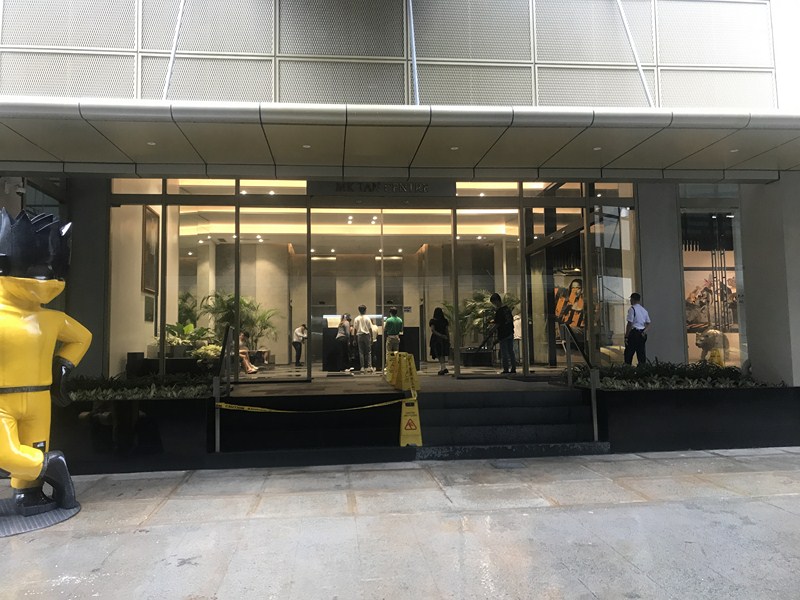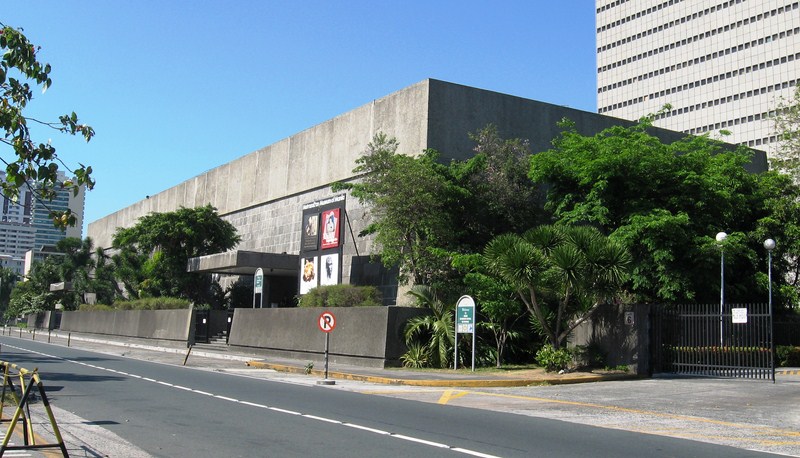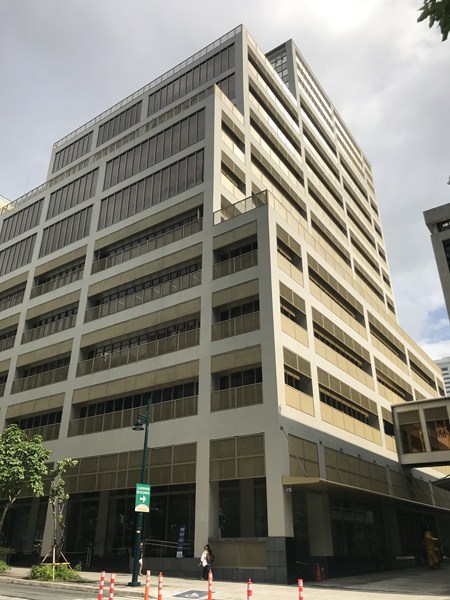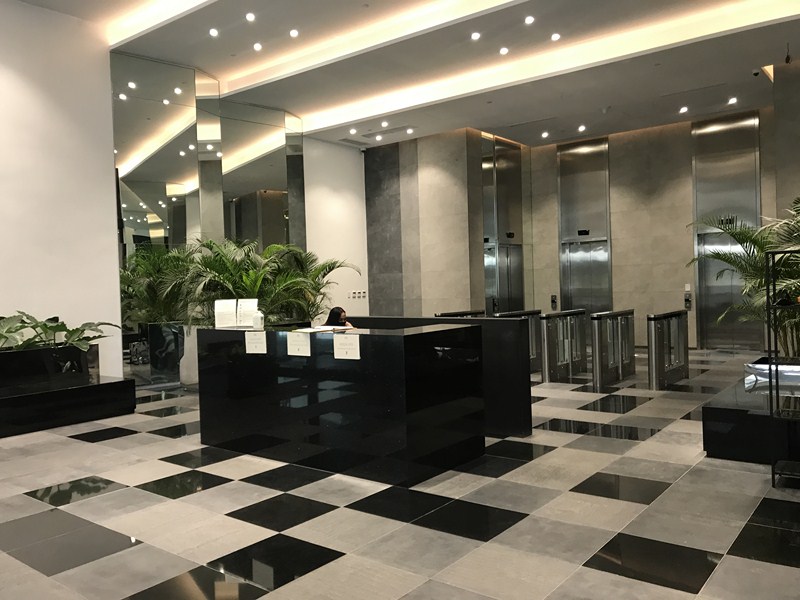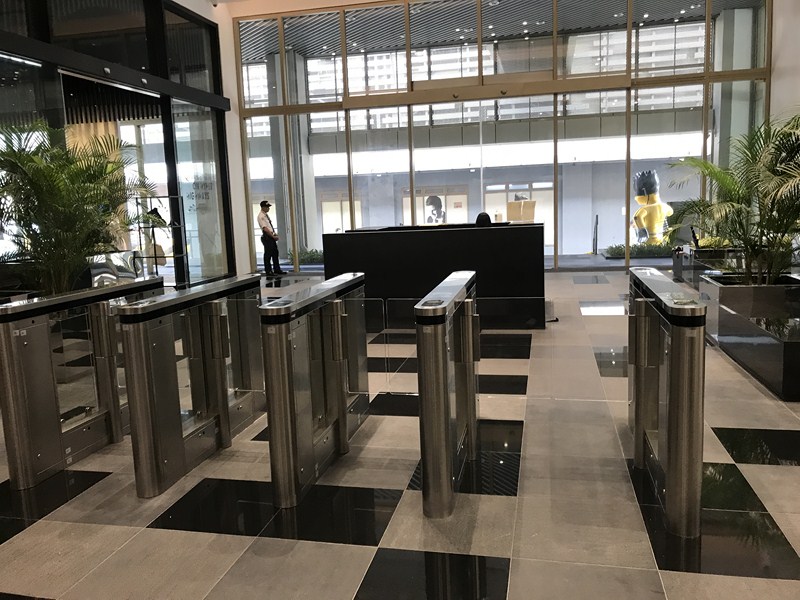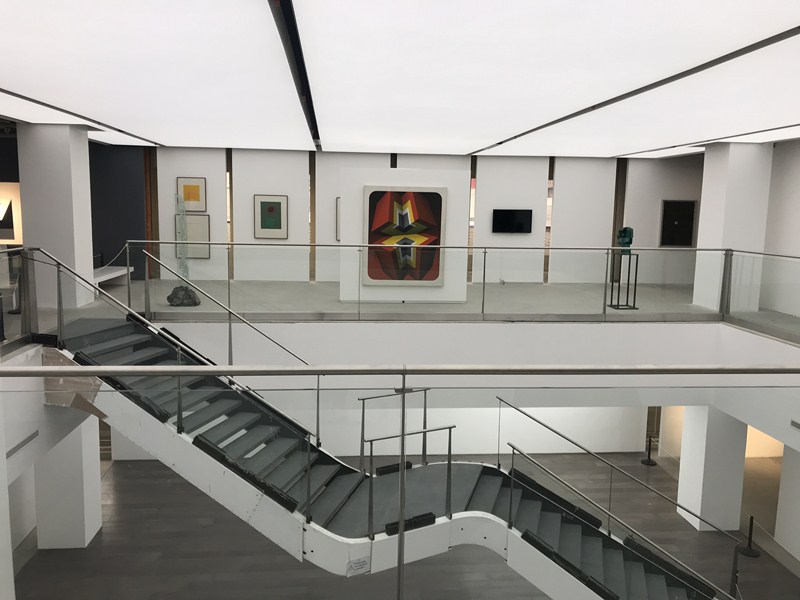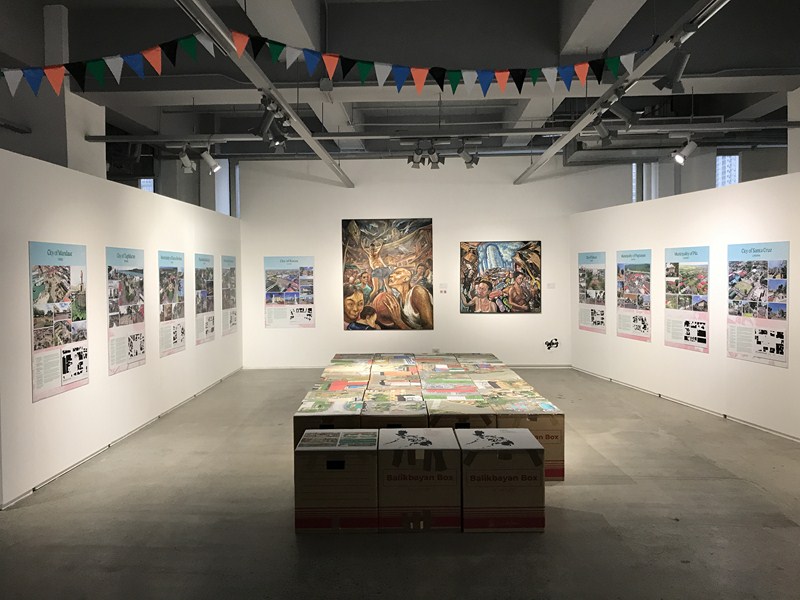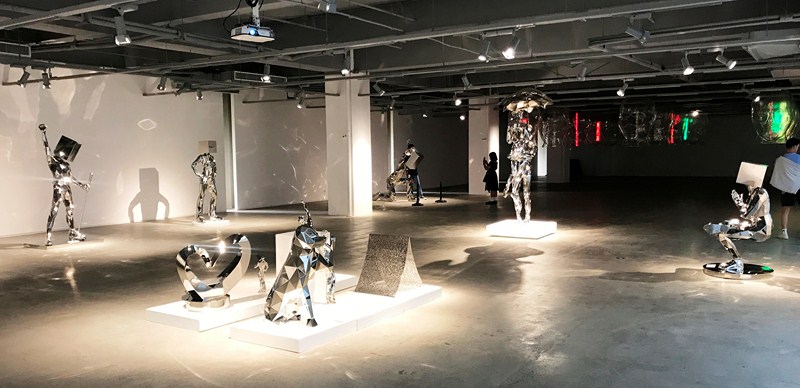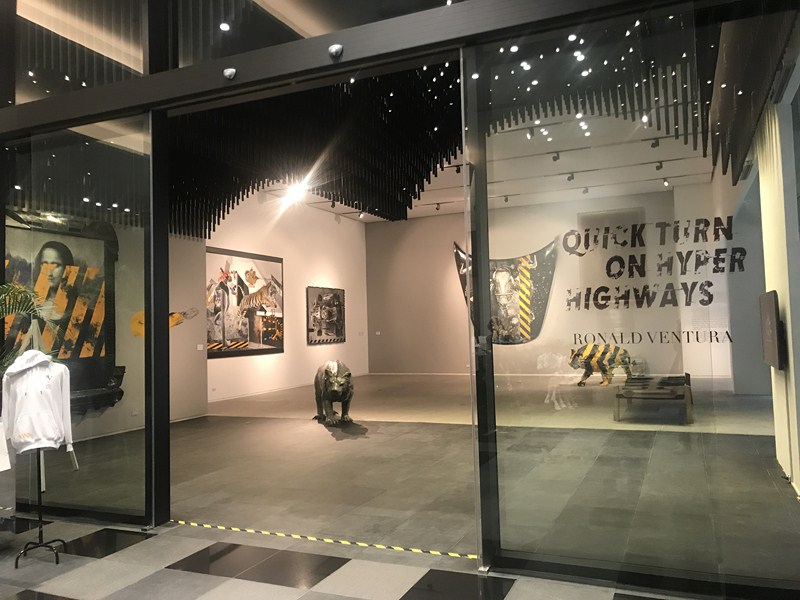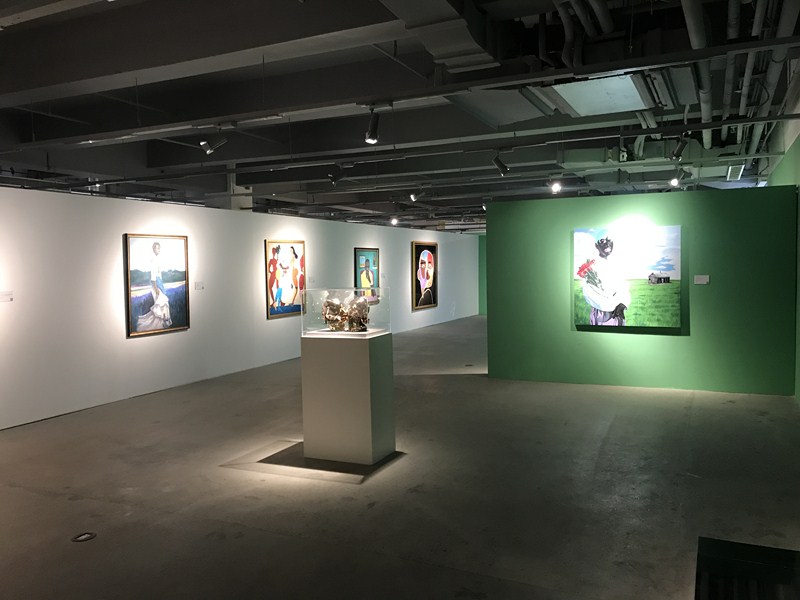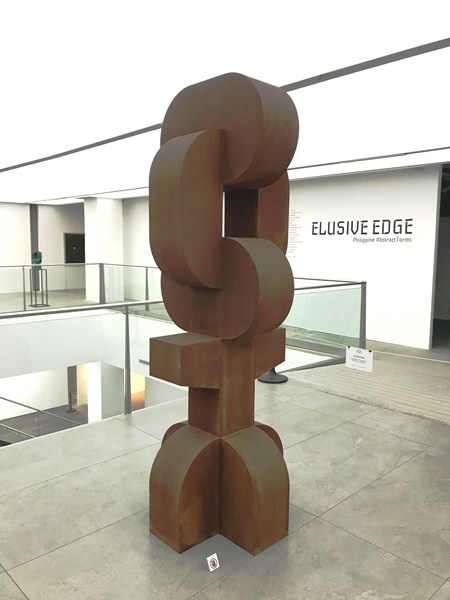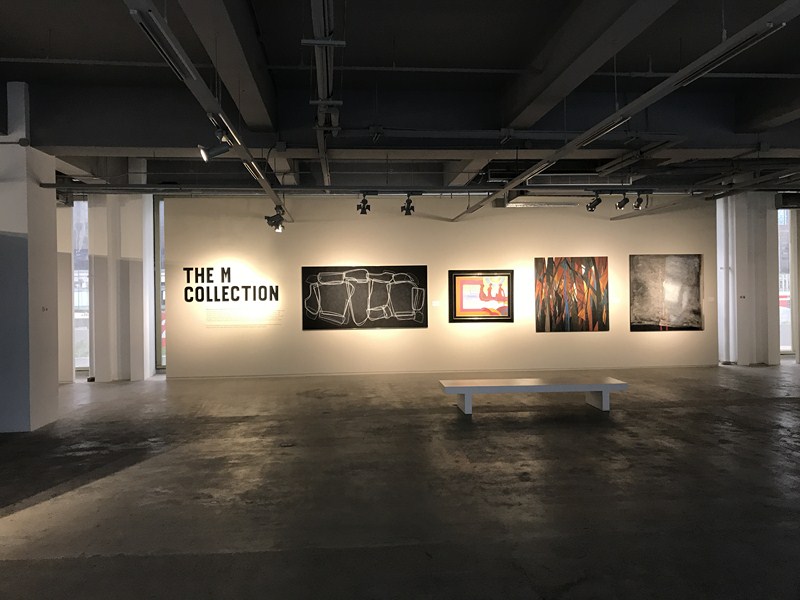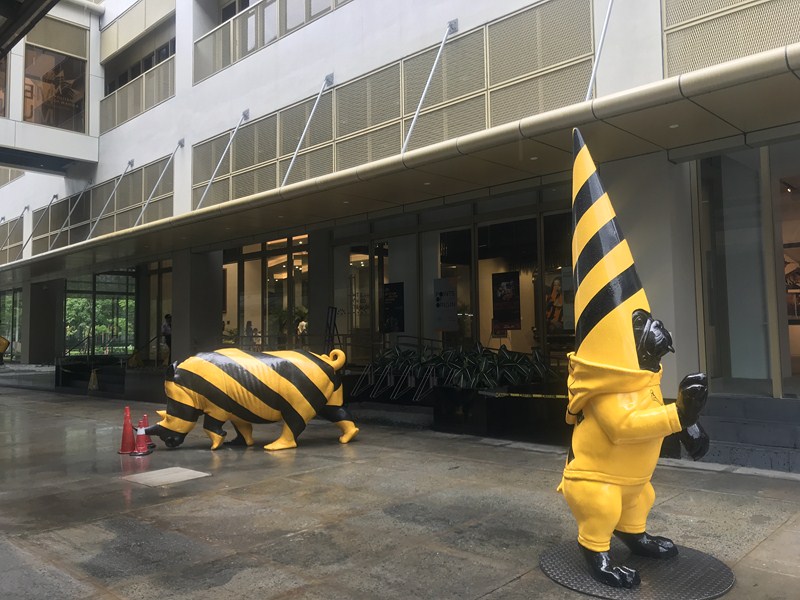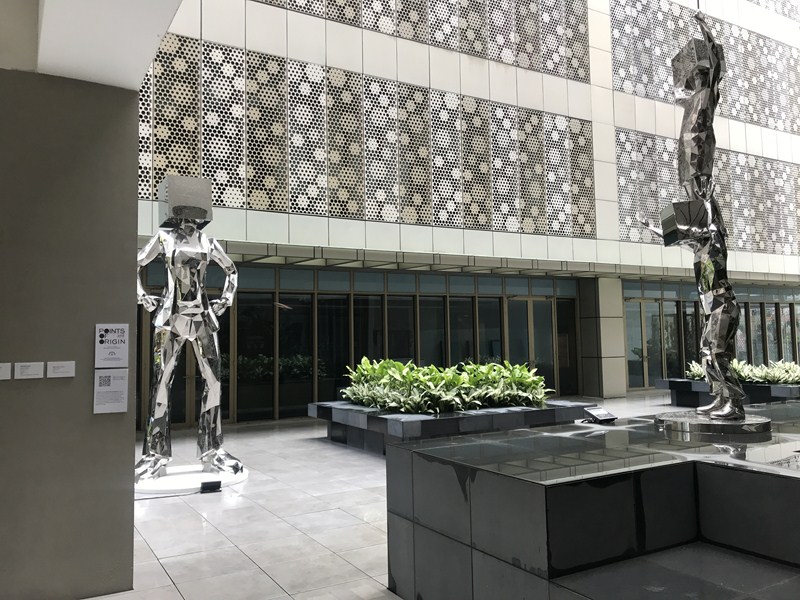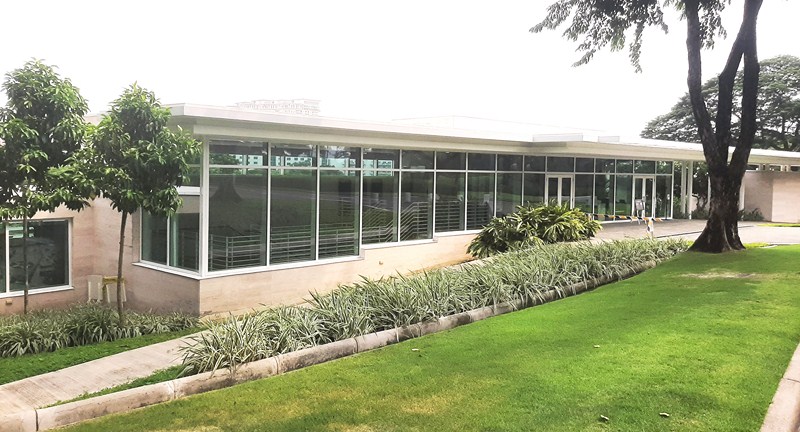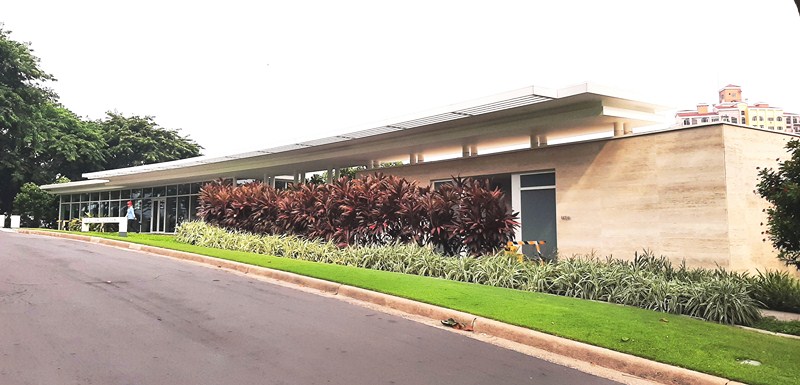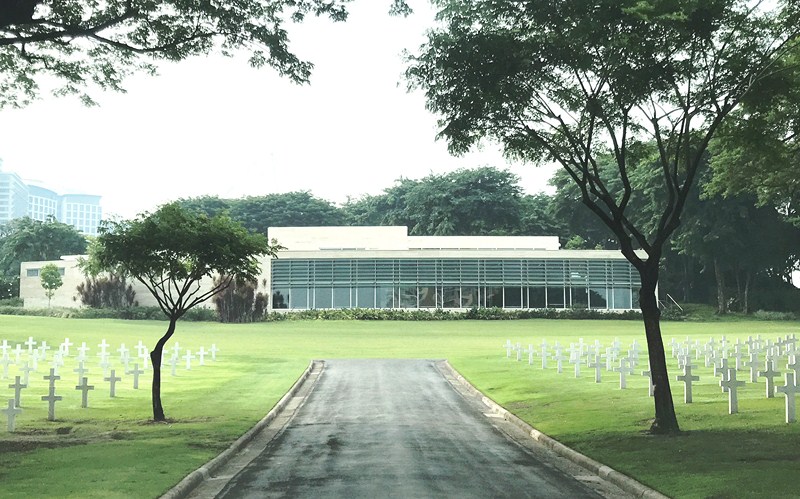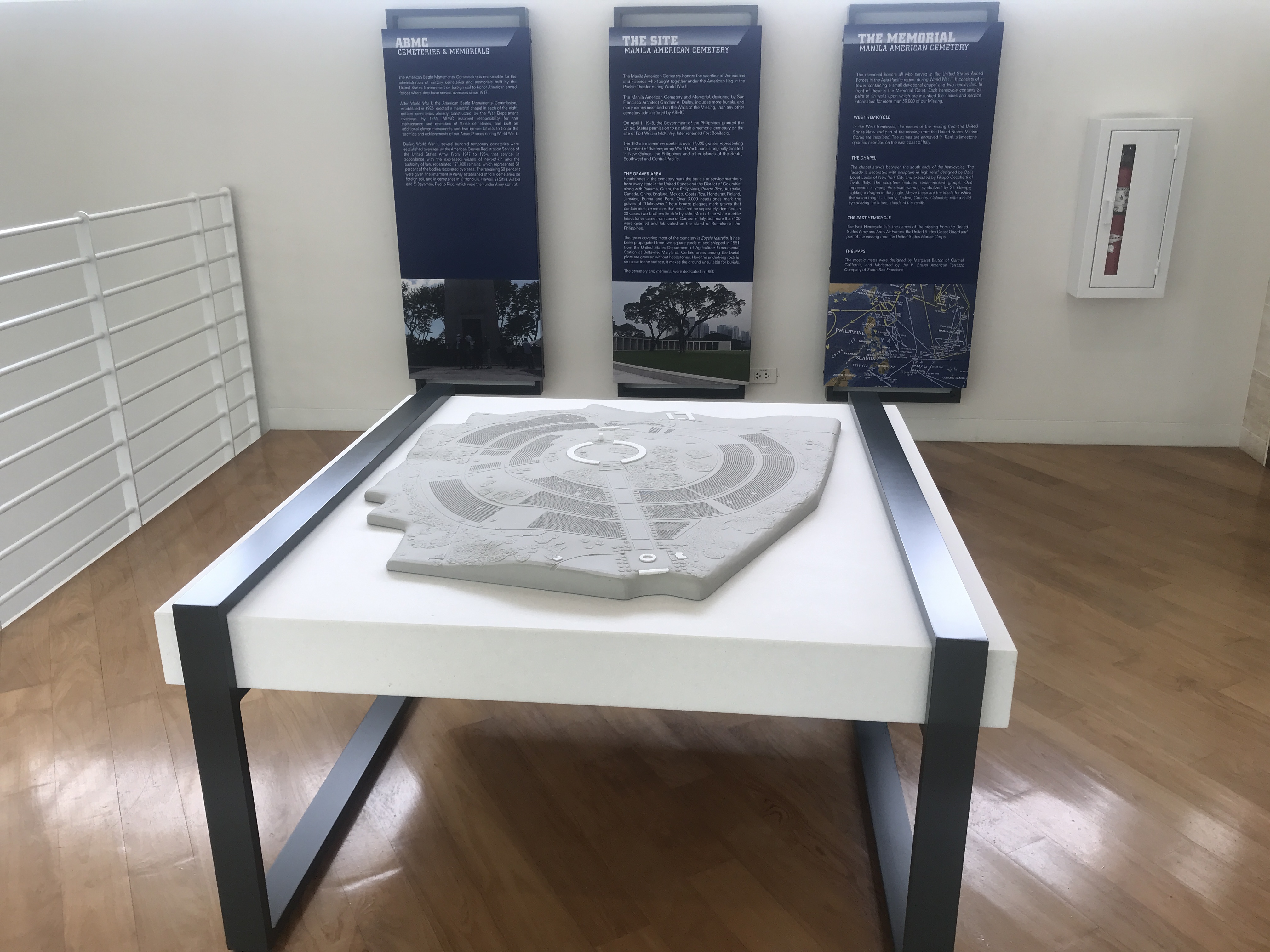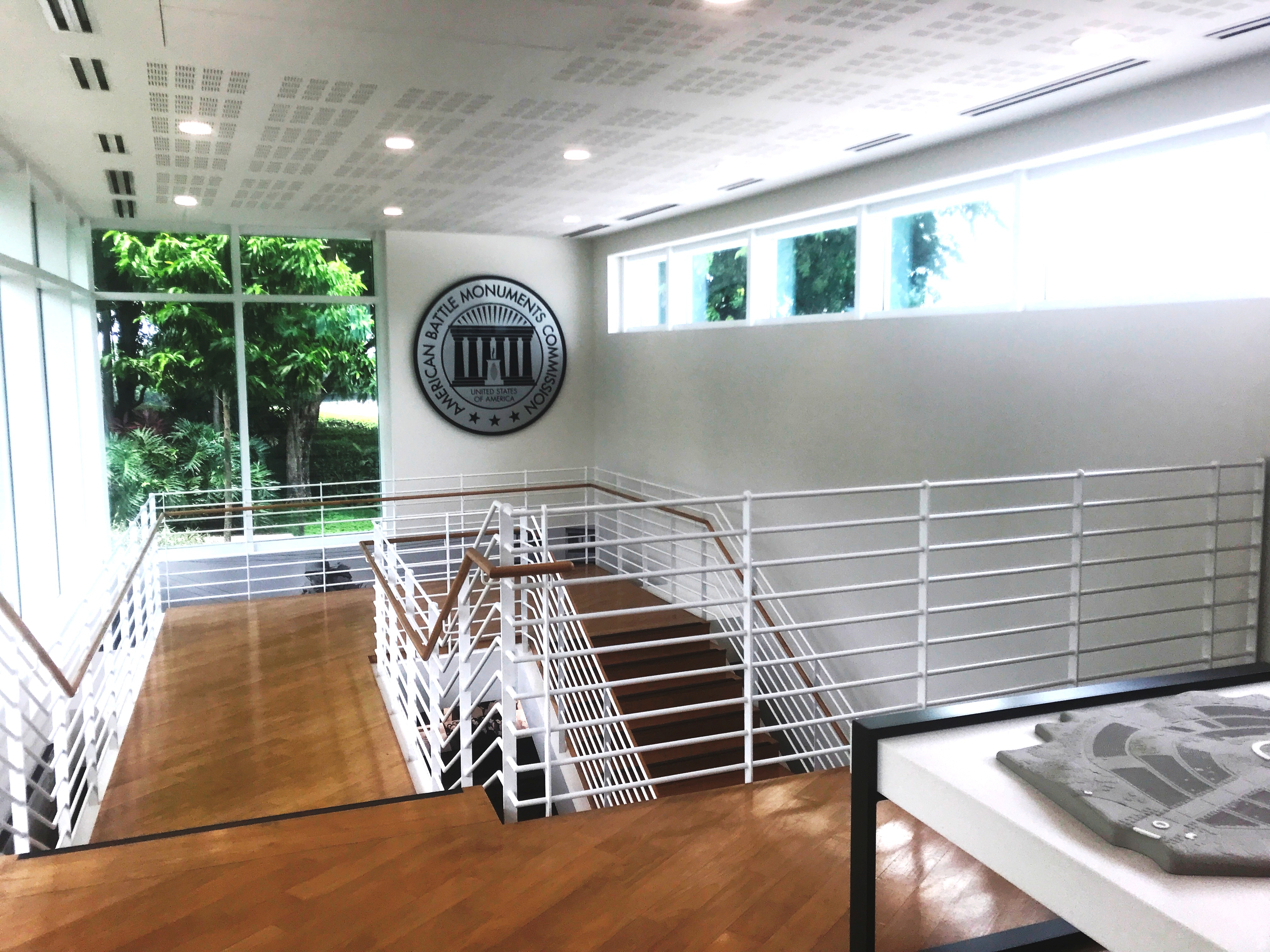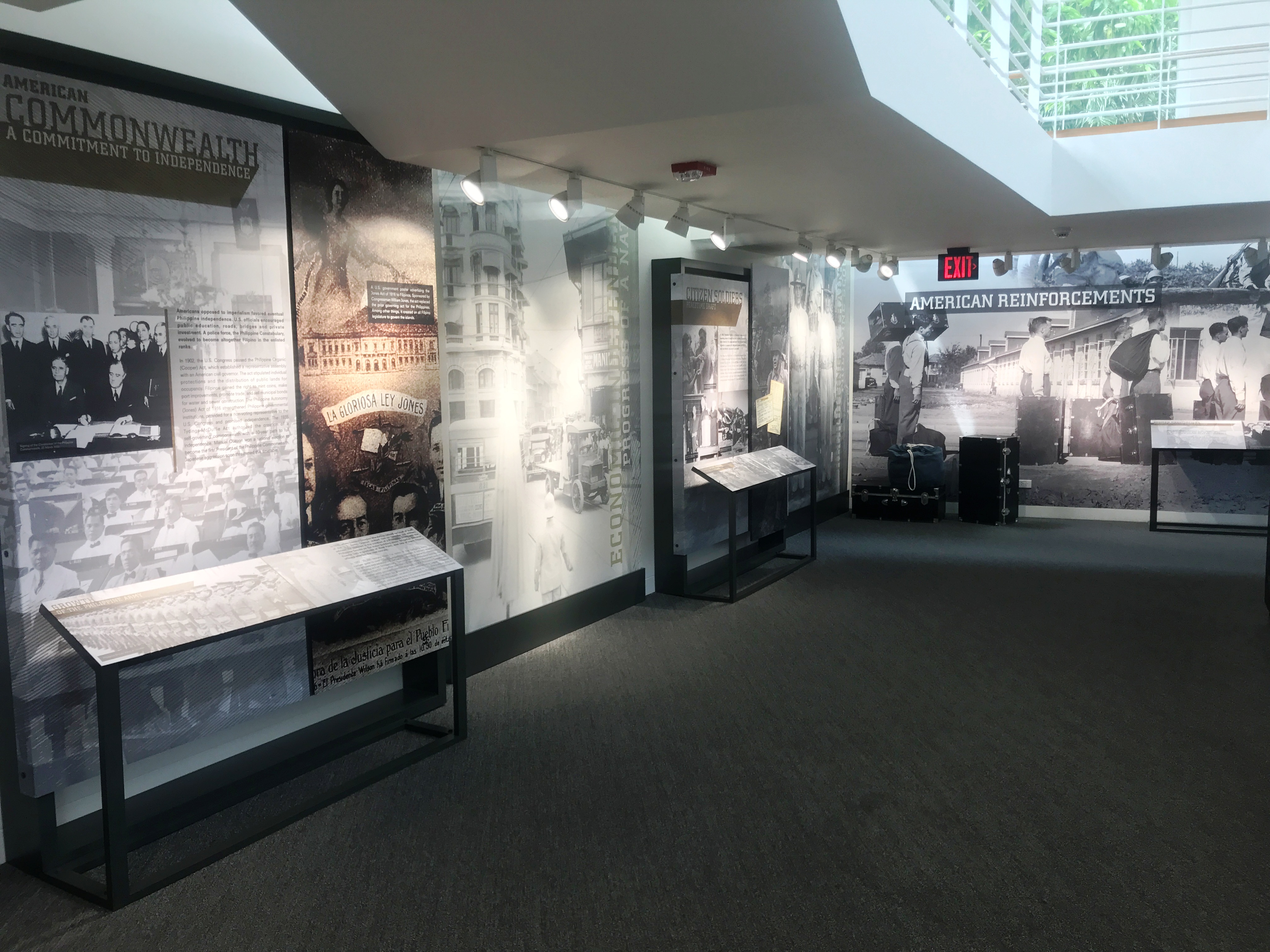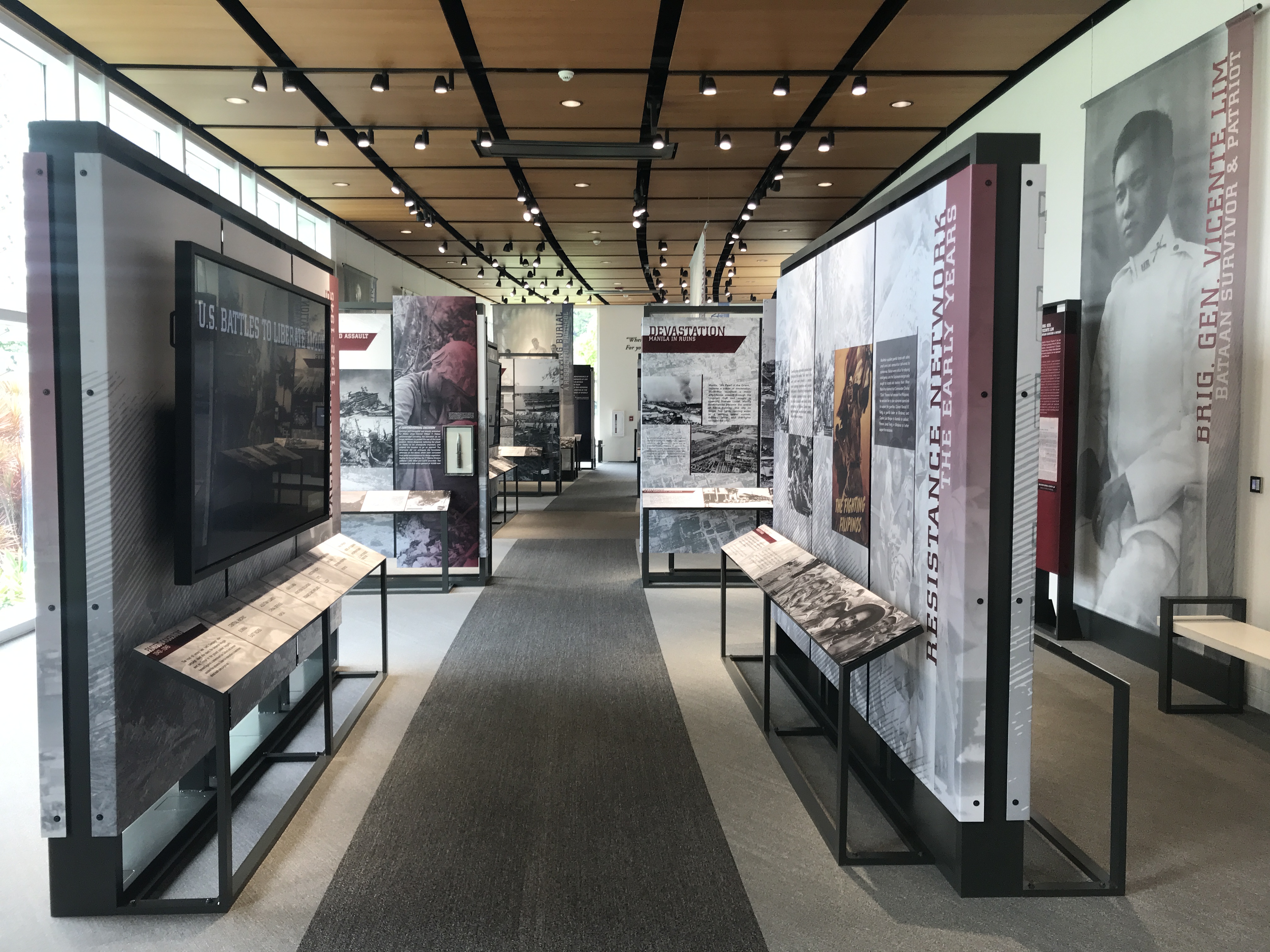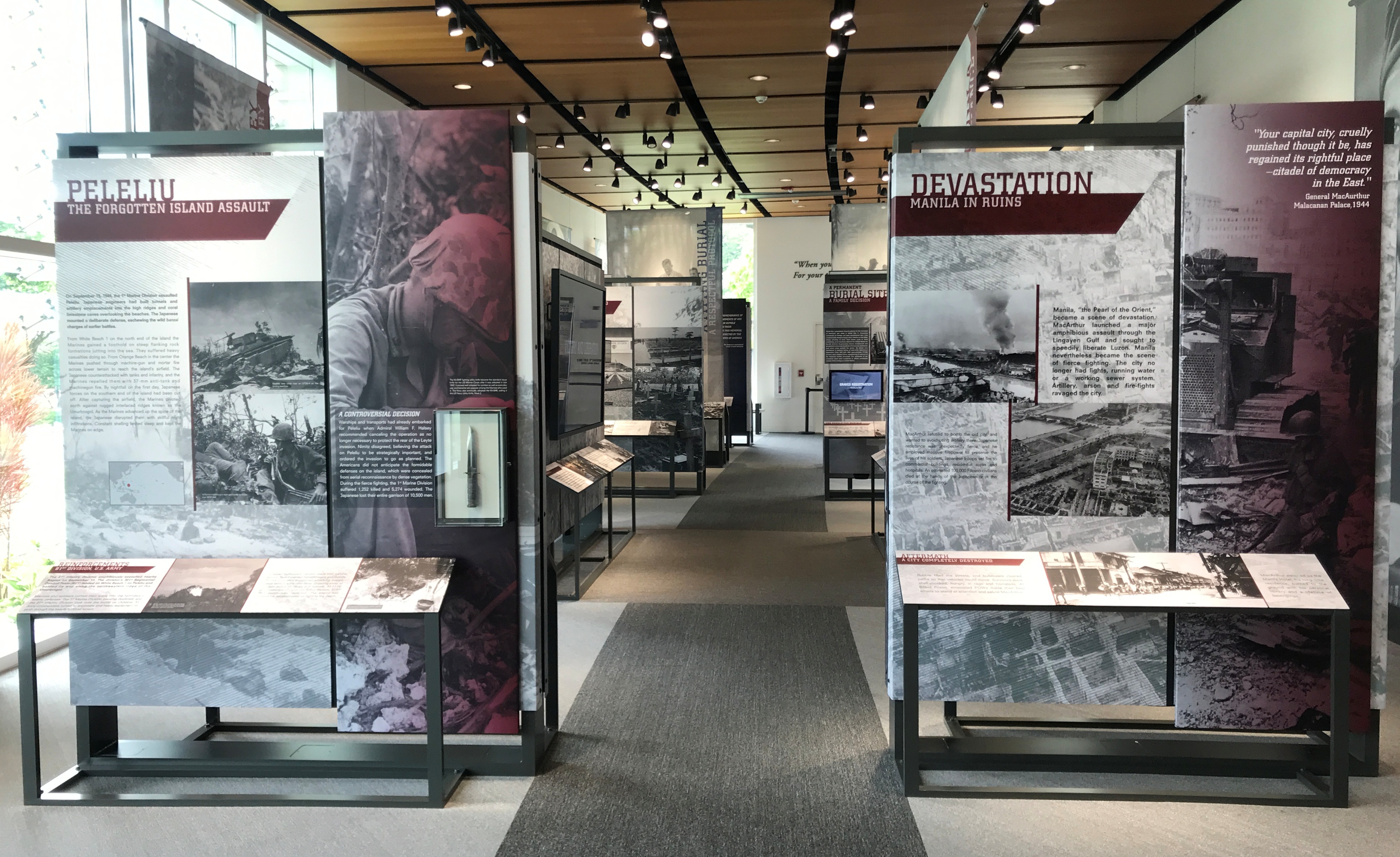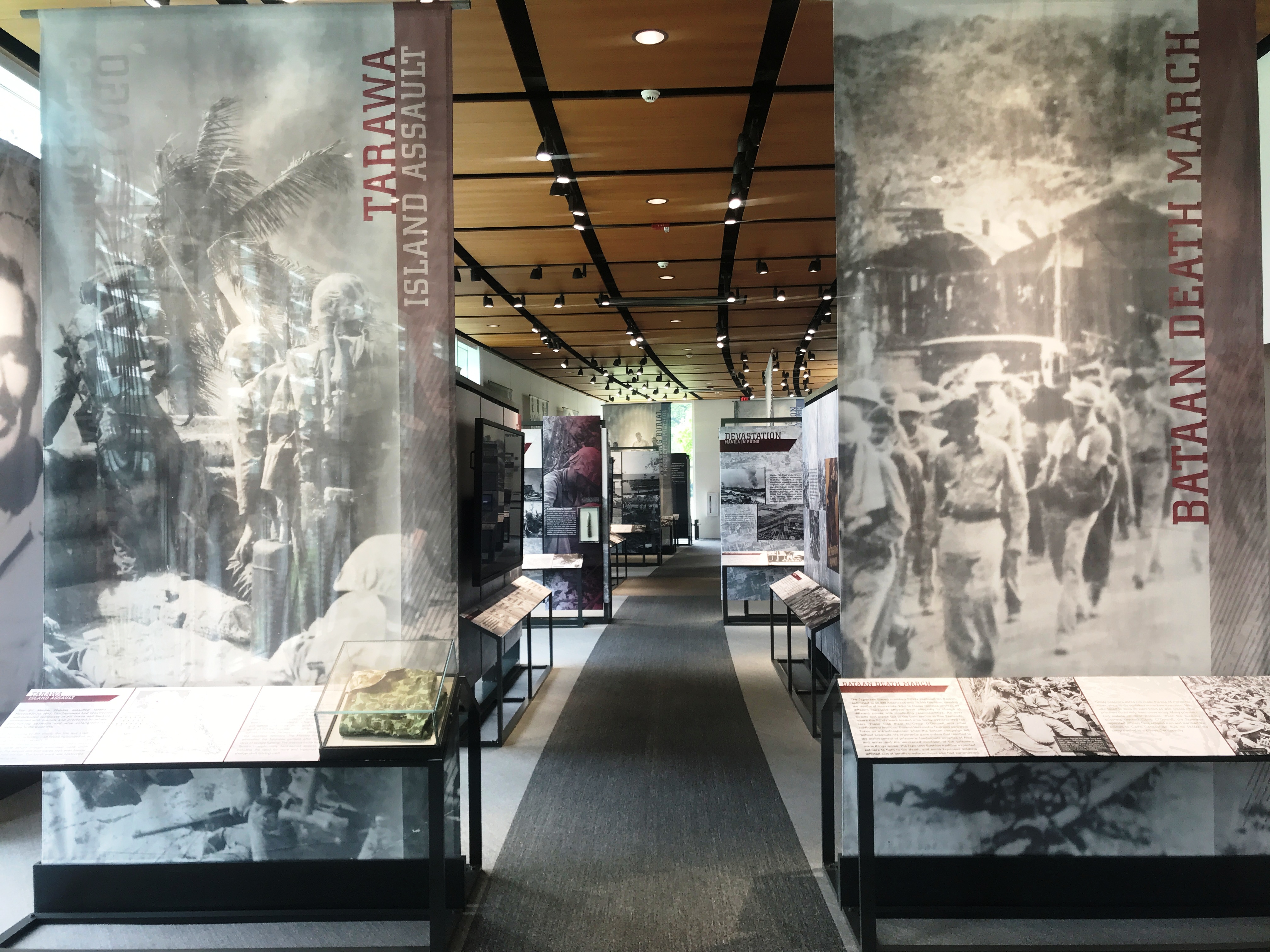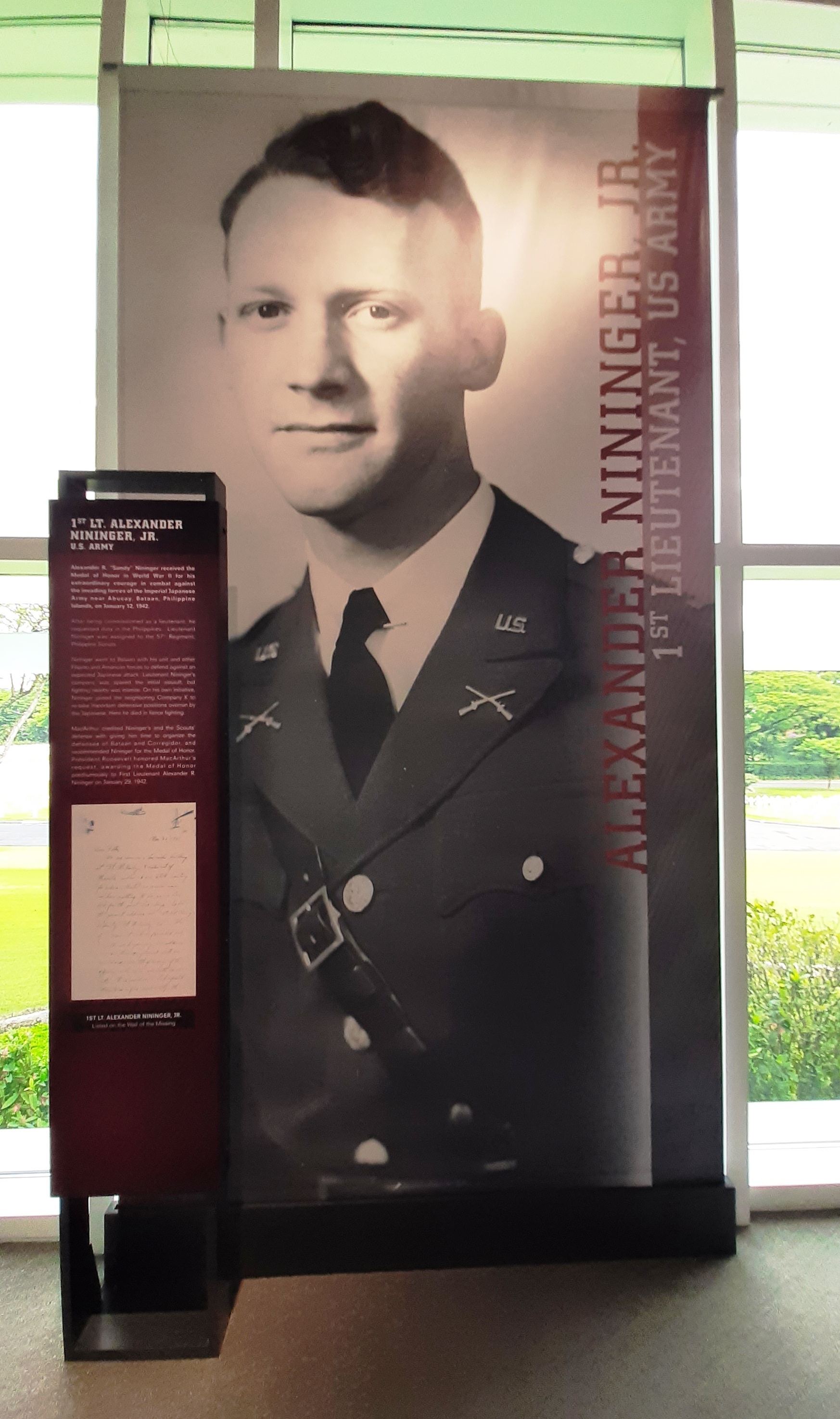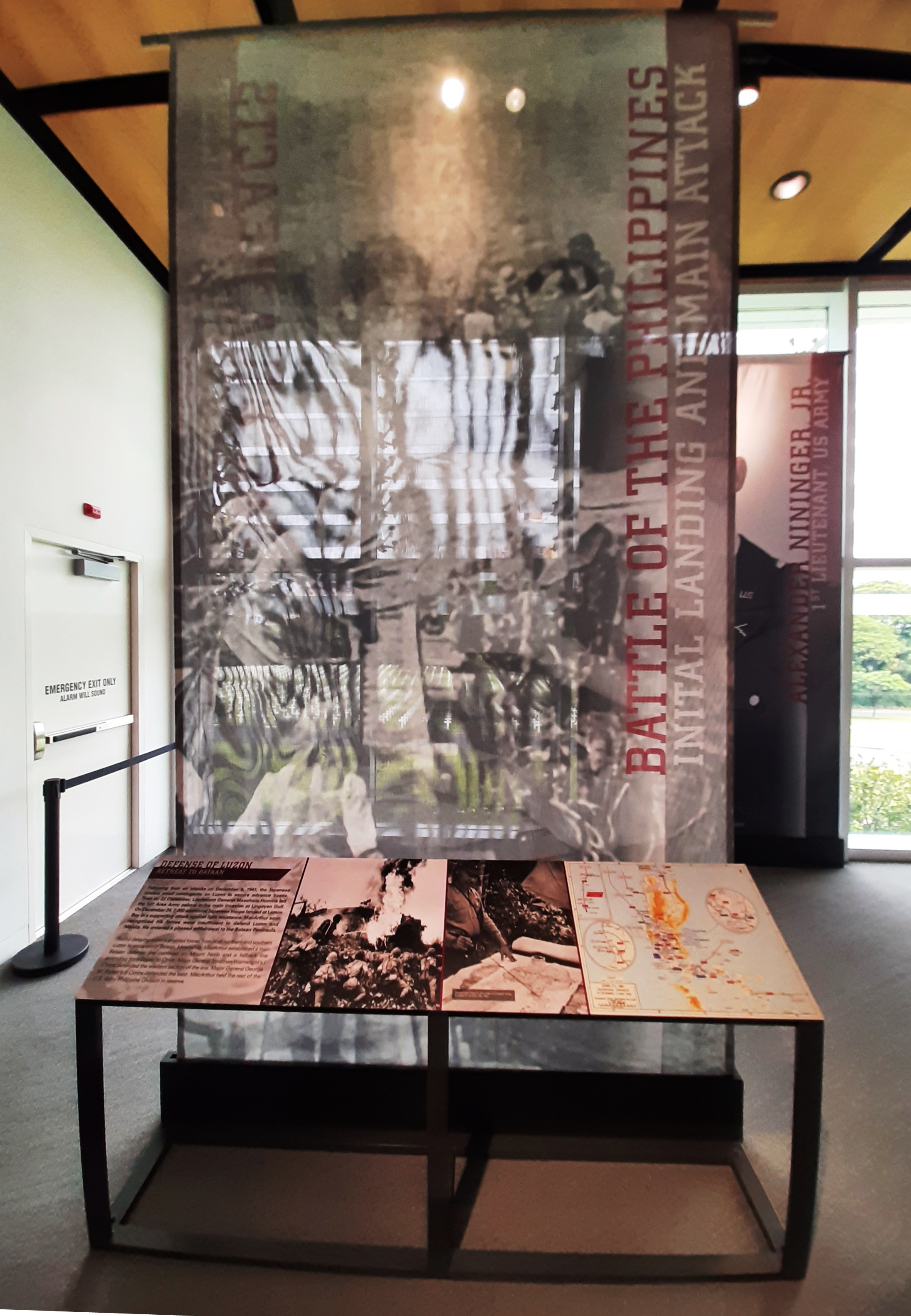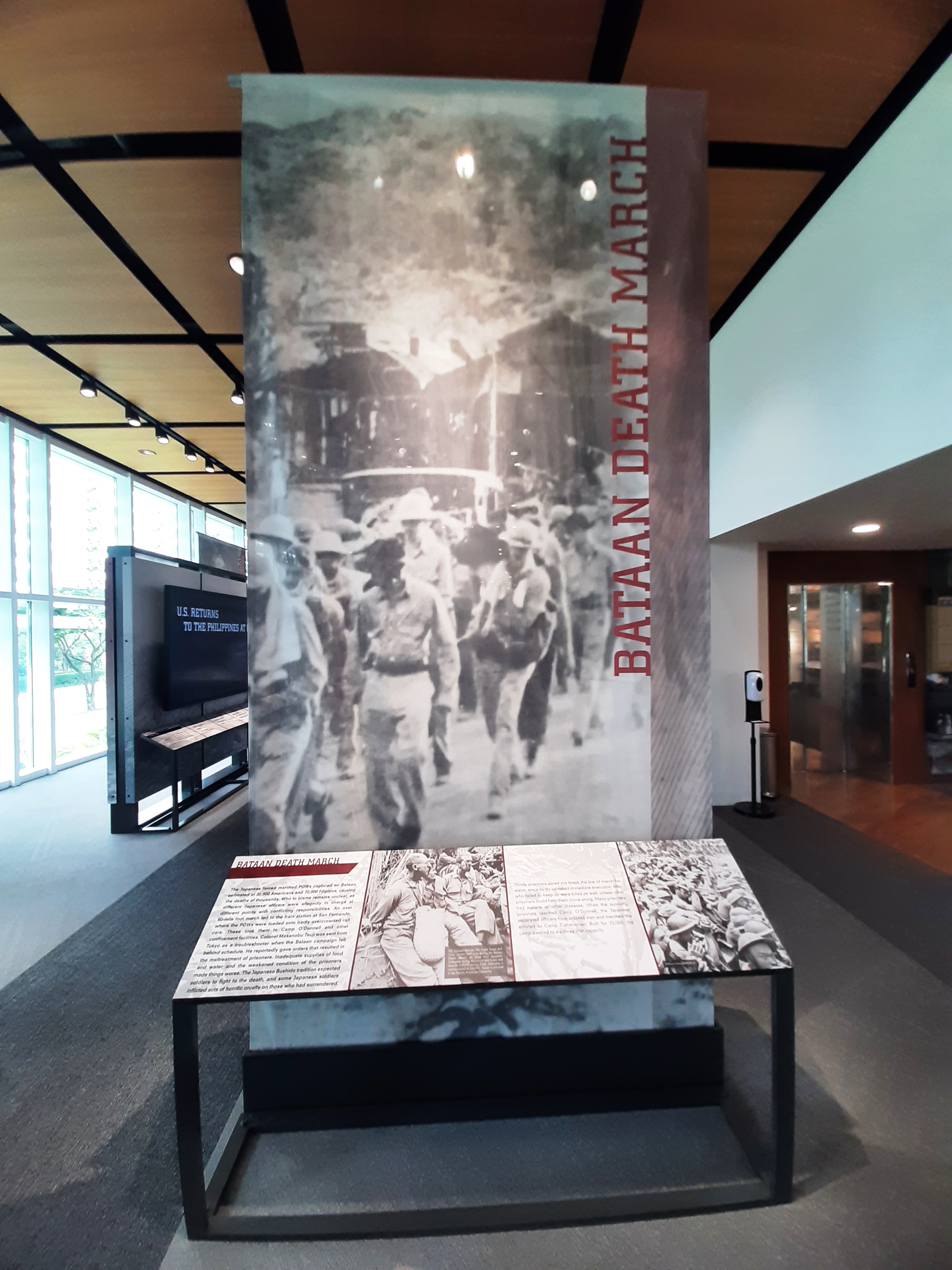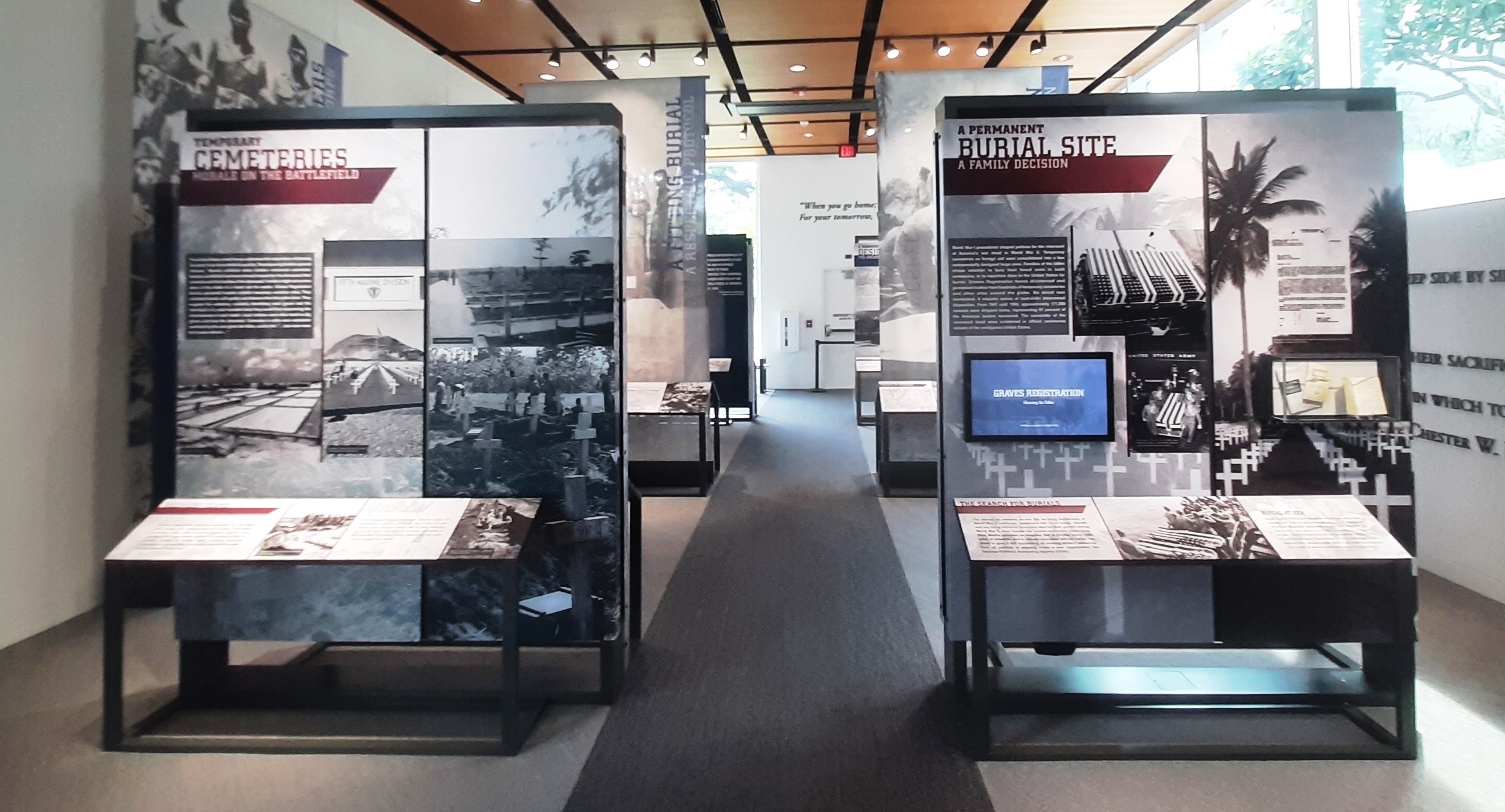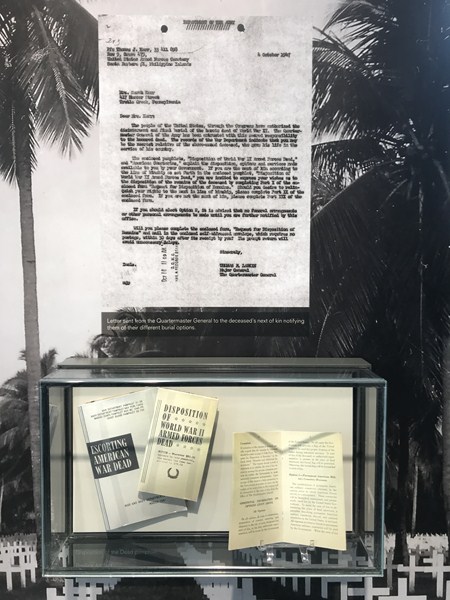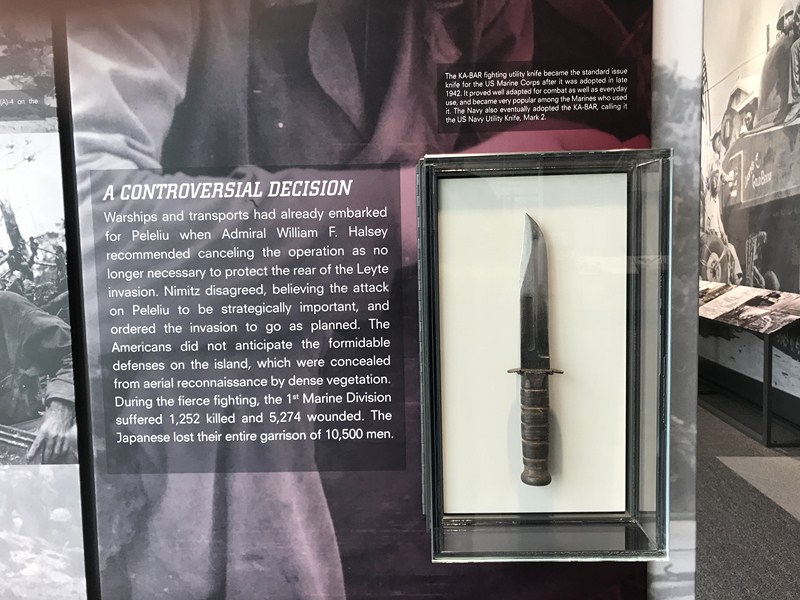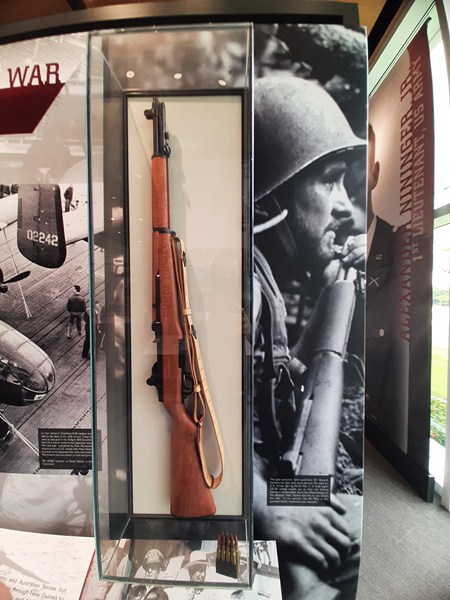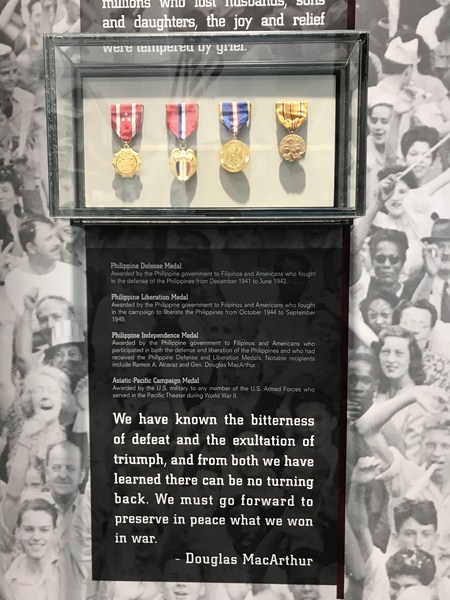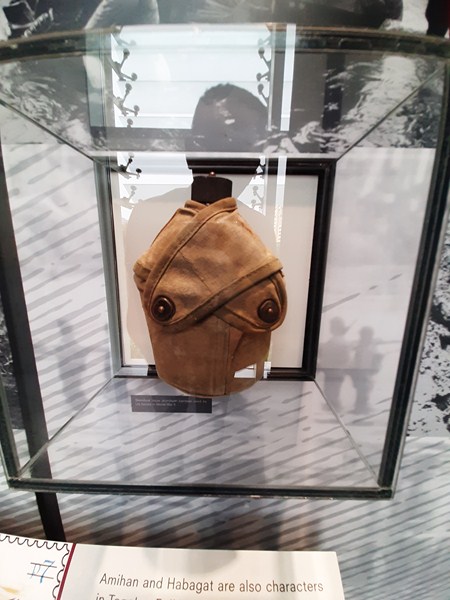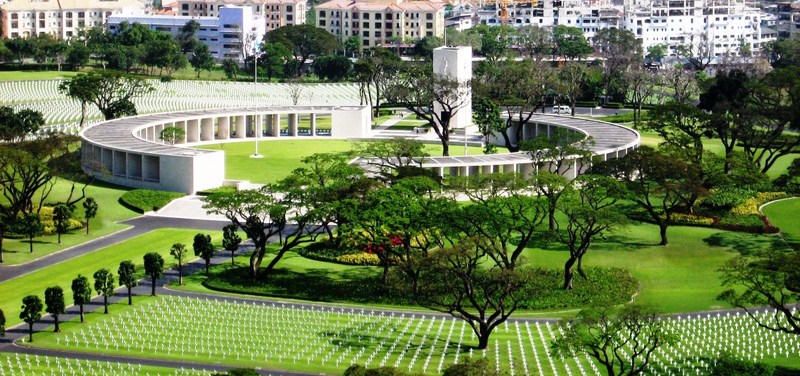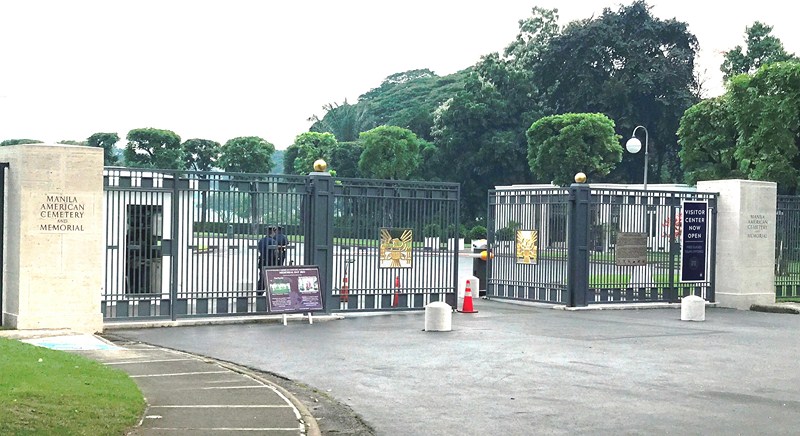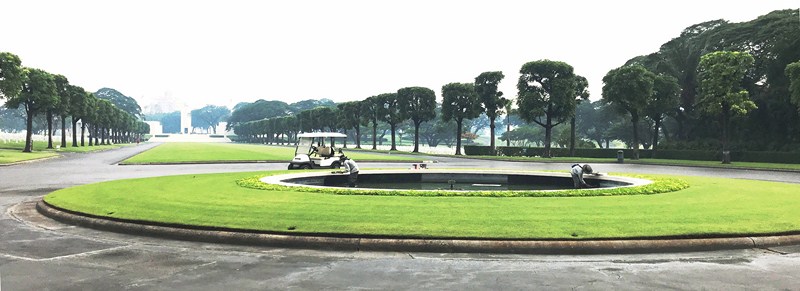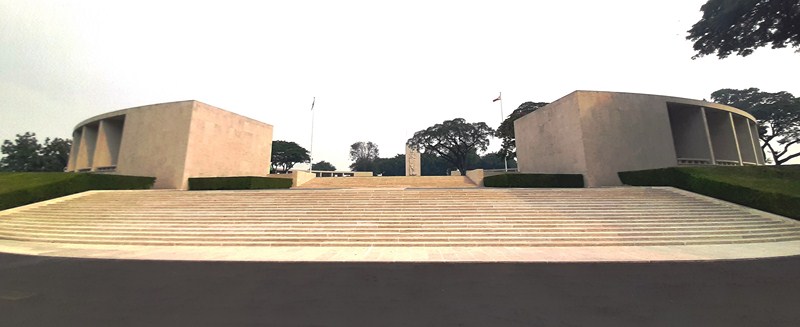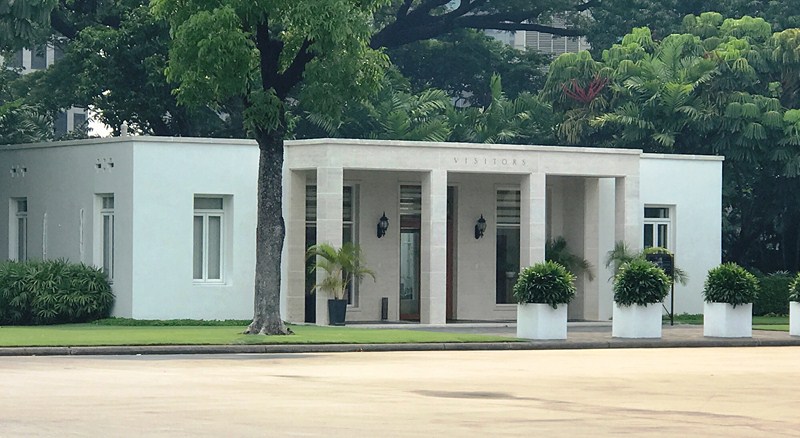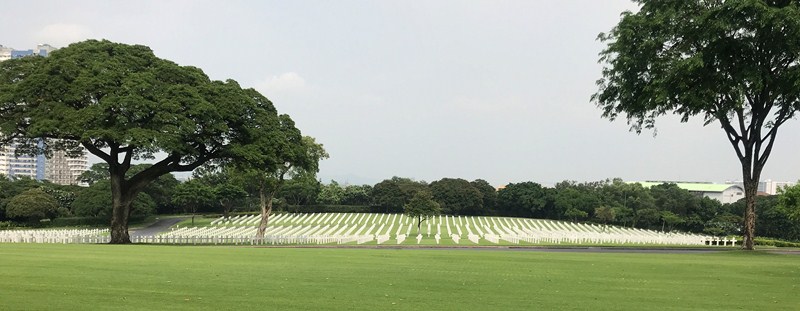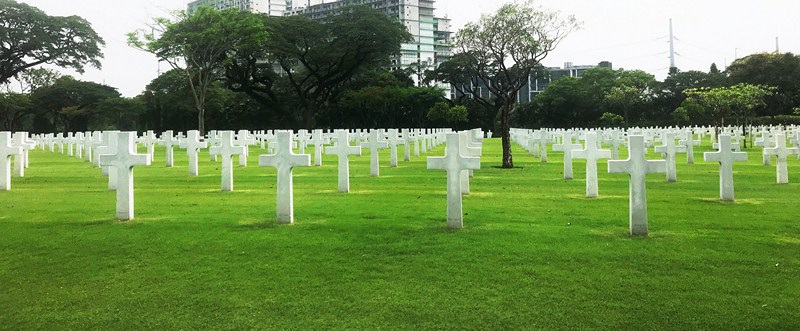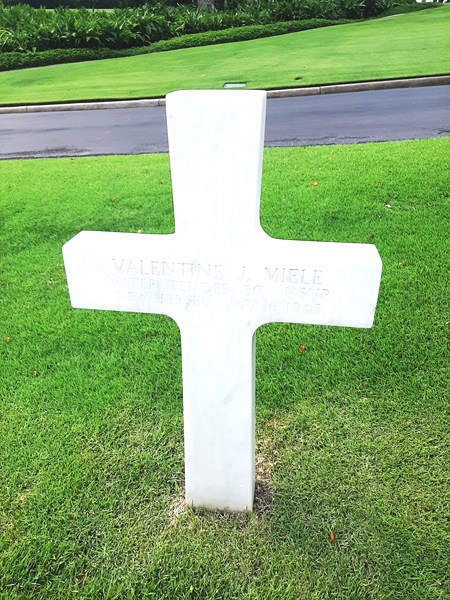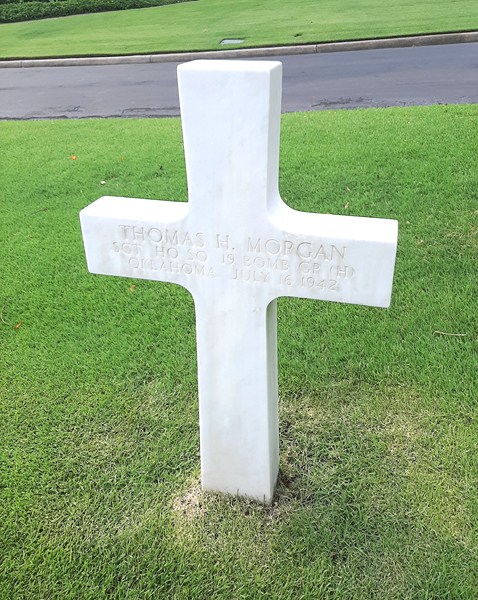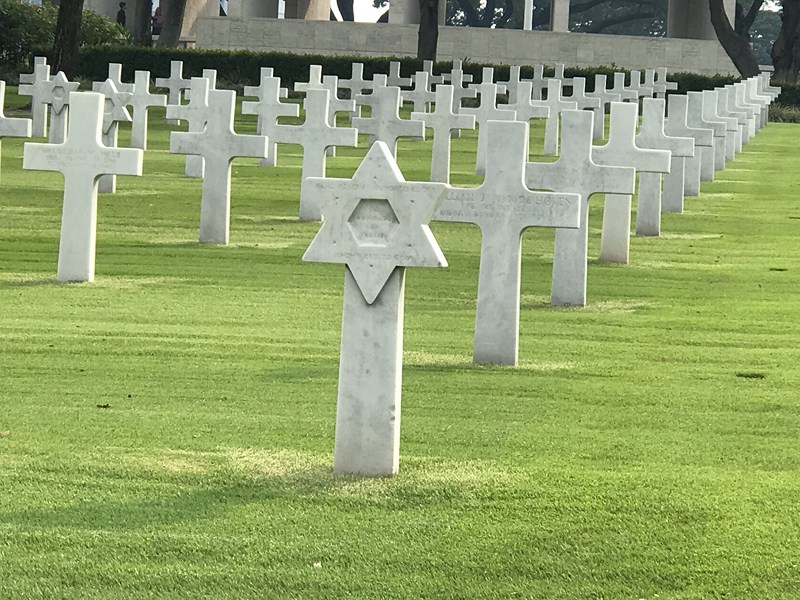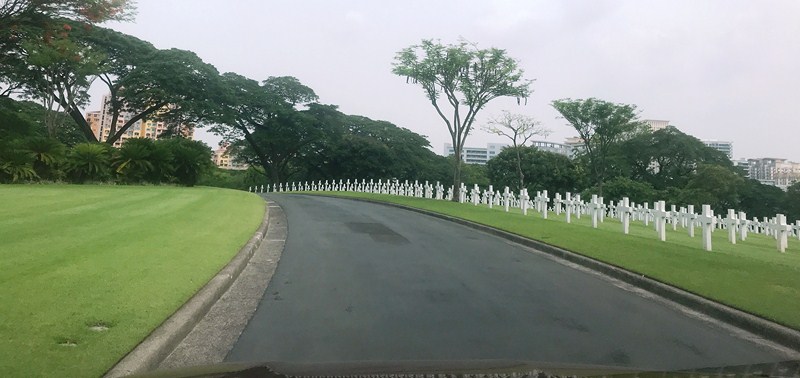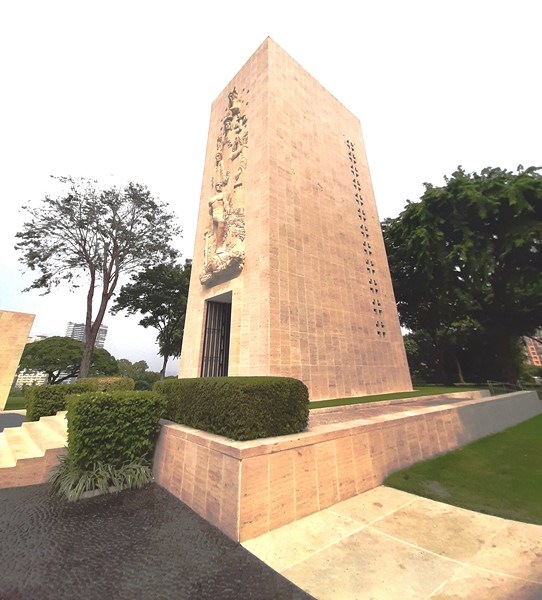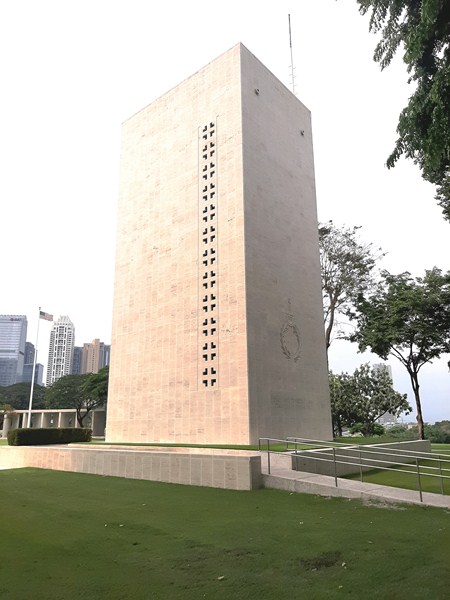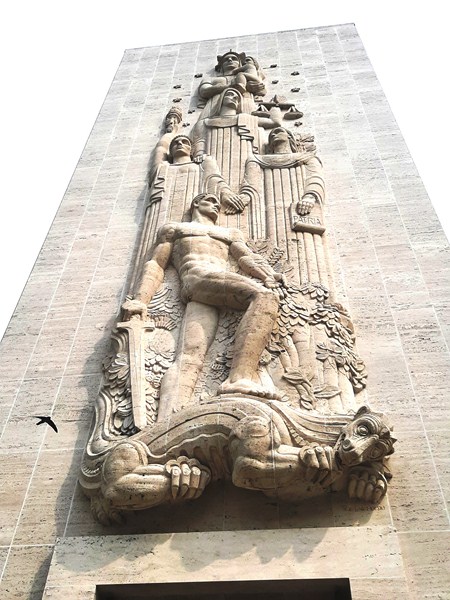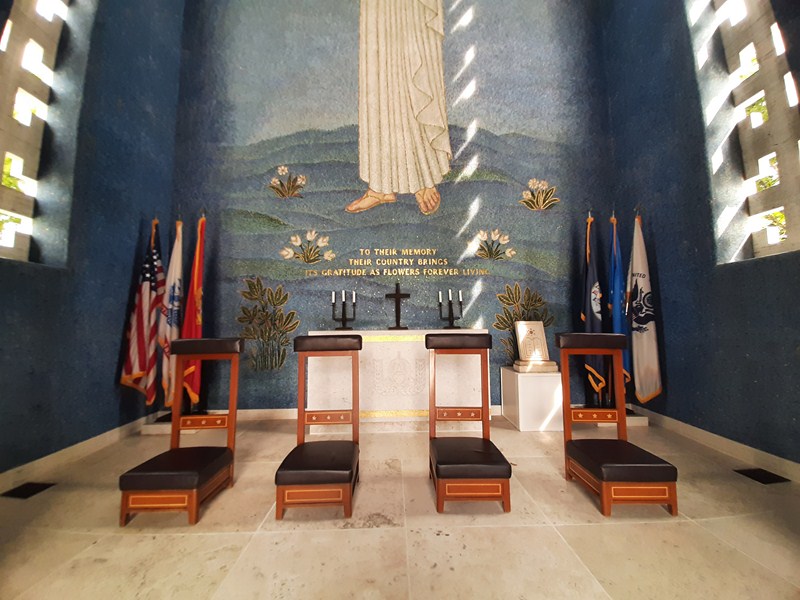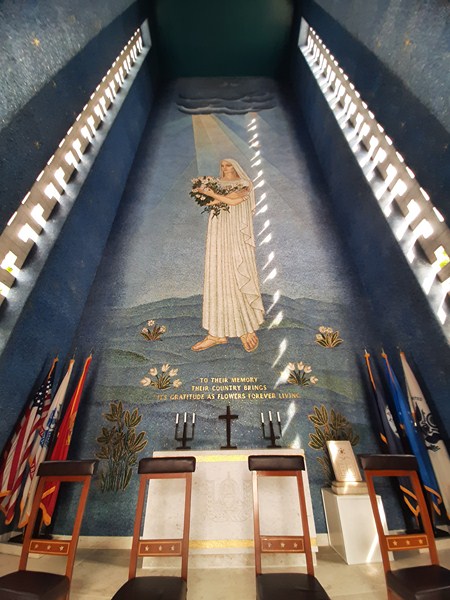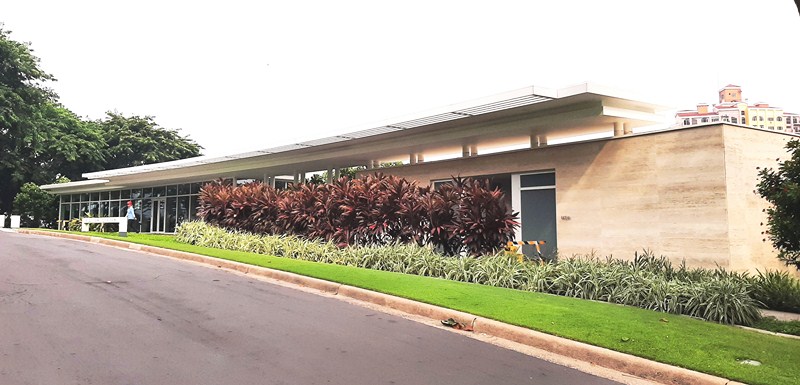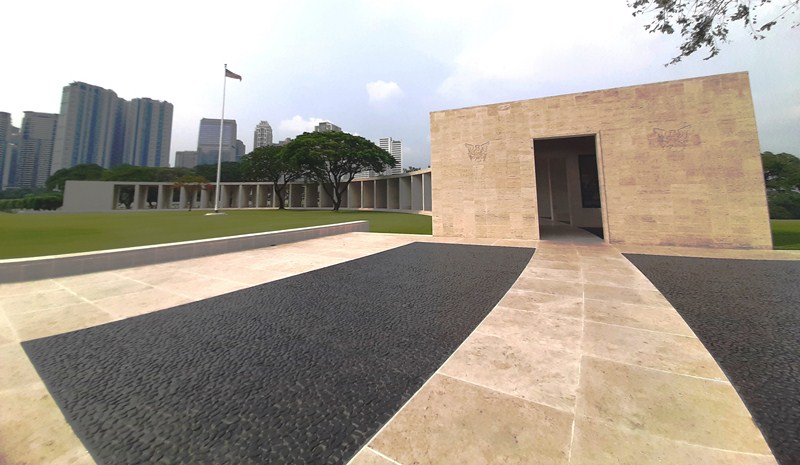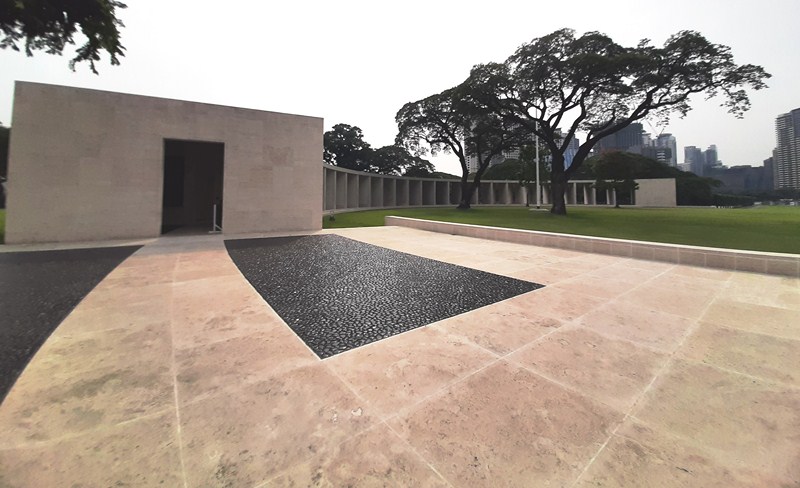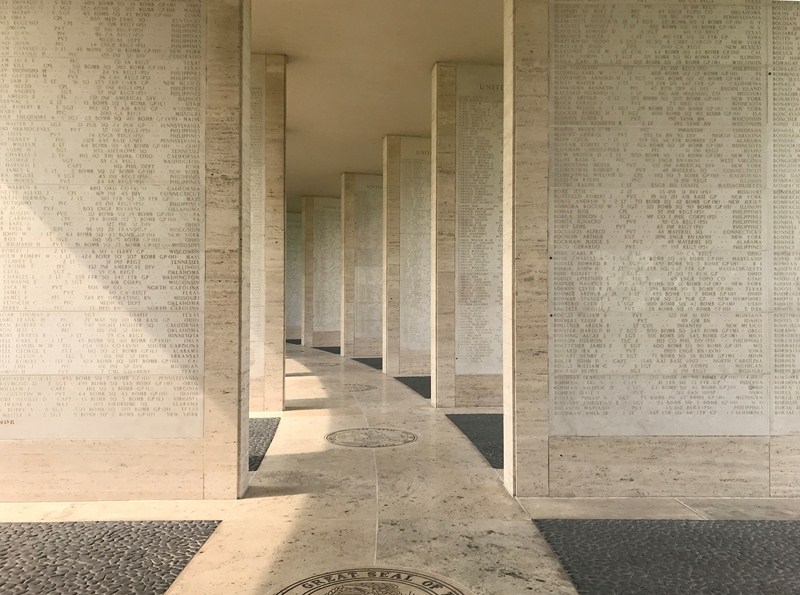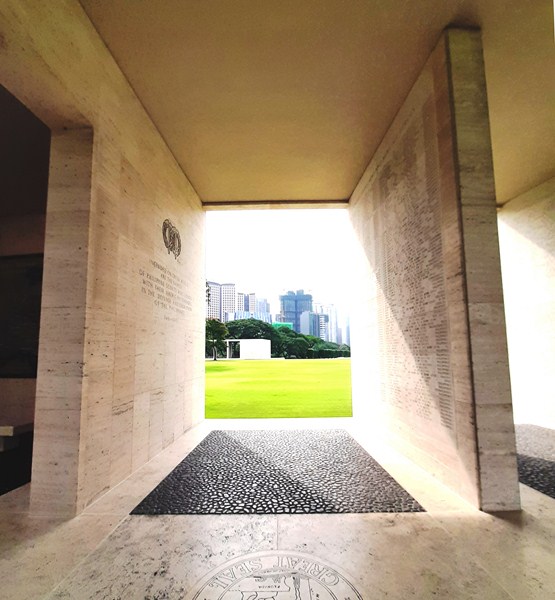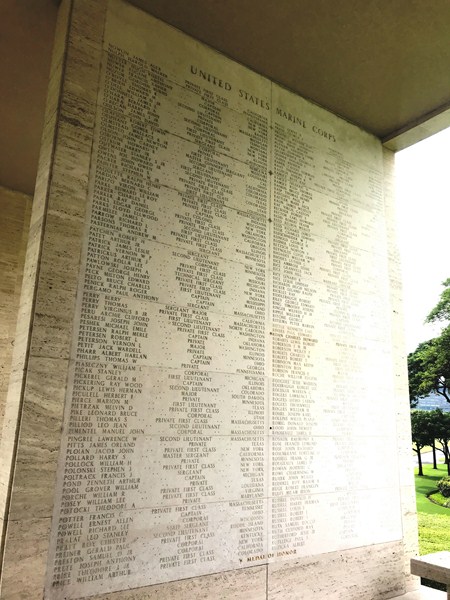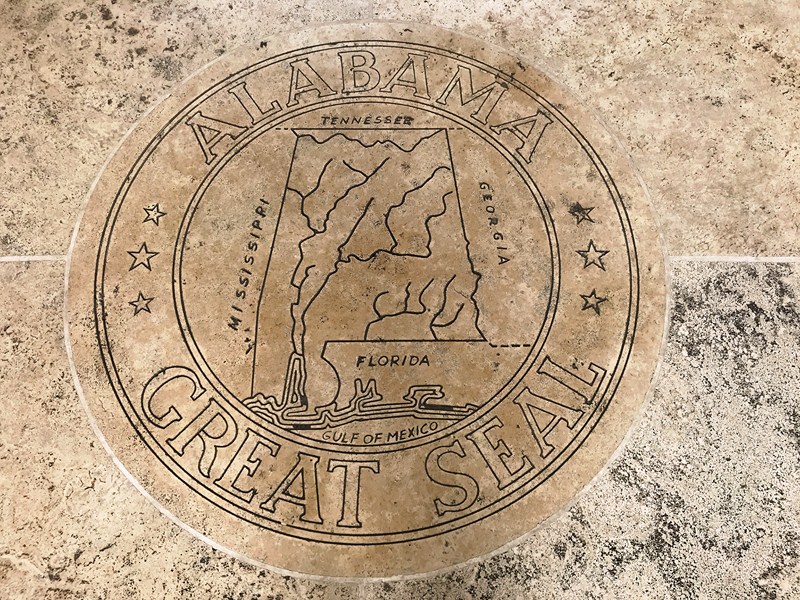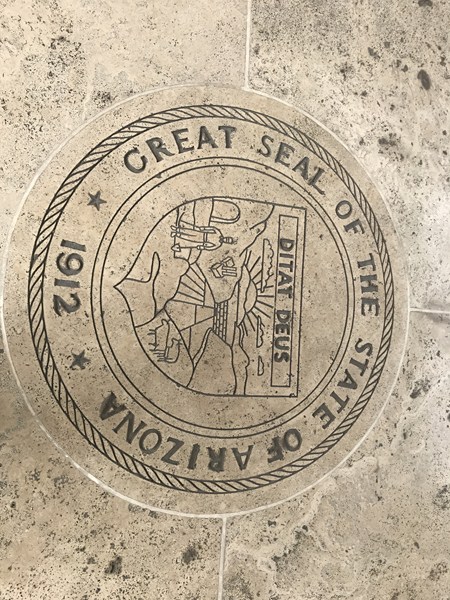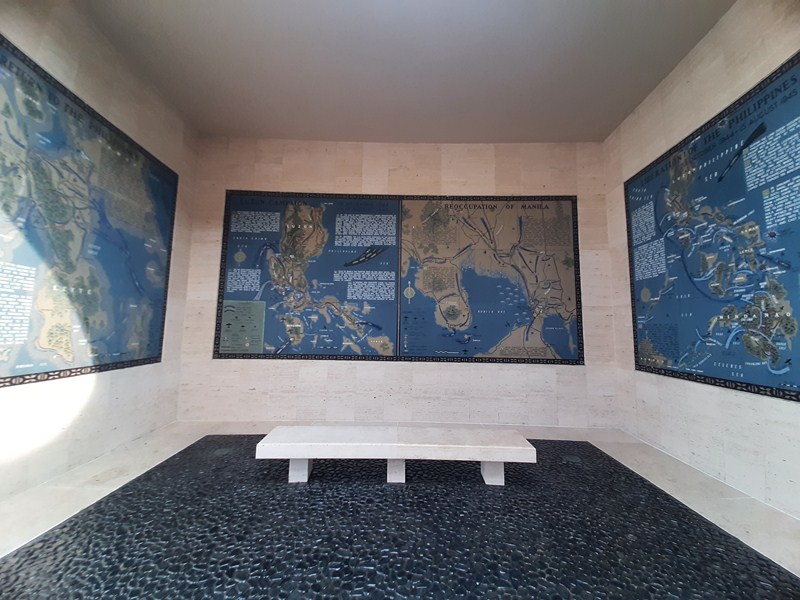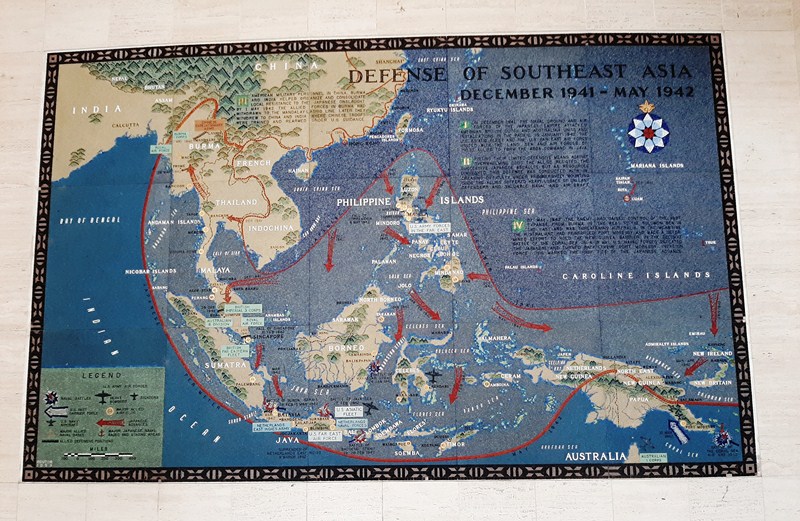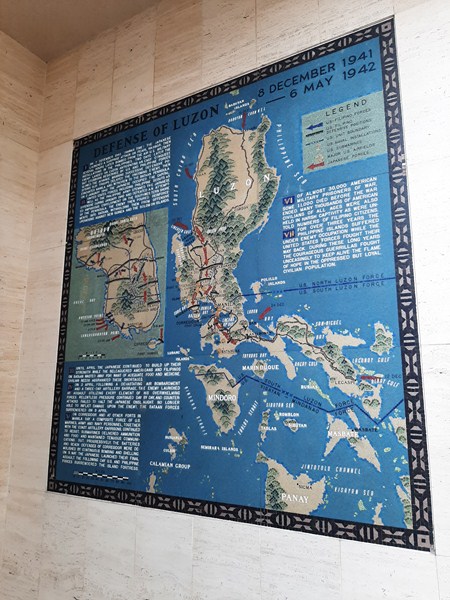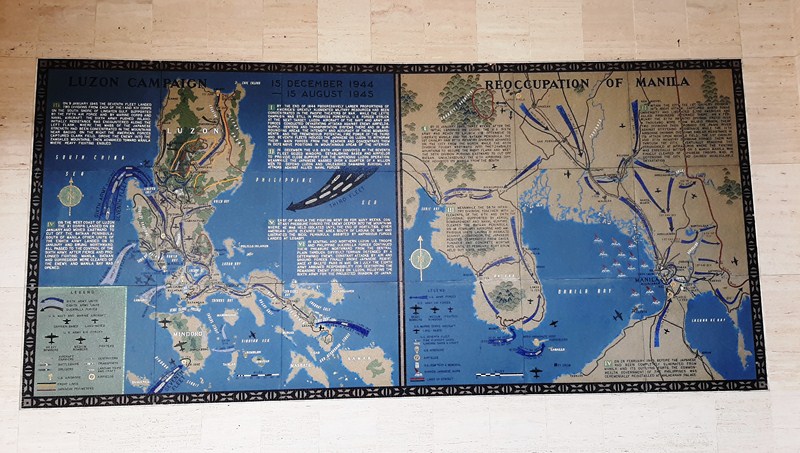One of my regrets was I never got to visit the old Metropolitan Museum of Manila, an art museum that exhibits local and international contemporary art, that was formerly located in a building designed by Gabriel Formoso. Located within the Bangko Sentral ng Pilipinas (BSP) Complex along Roxas Boulevard in the Malate district of Manila, it billed itself as the country’s premier museum for modern and contemporary visual arts by local and international artists.
The Met first opened its doors in 1976 with an initial exhibit of international artists to expose Filipinos to contemporary visual works in other cultures. The first exhibit showcased 105 artworks, in various media, from the Brooklyn Museum and other American museums and galleries. Partly subsidized by the Bangko Sentral ng Pilipinas, the museum’s administration was entrusted, in 1979, to the Metropolitan Museum of Manila Foundation.
By 1986, its focus shifted to local works, extending its reach to more common people by offering bilingual exhibition texts and developing several outreach educational programs like workshops and symposia, thereby promoting local pride and identity. Then came the COVID-19 pandemic.
During the pandemic, the museum quickly transitioned its exhibitions and workshops online, with successful virtual exhibition openings and live conferences. At the same time, the famed institution was also gearing for another transition, arranged and made possible by the Chairman of its Board of Trustees, Joselito Y. Campos, Jr.
In the last few decades, the nearby important galleries and hangouts have closed down, moving to Makati and, later, to Taguig, plus the original home of 45 years (now permanently closed) was deemed inaccessible by many.
Thus, they decided to leave and move to its new location in Bonifacio Global City, an emerging cultural hub in Taguig City, as an integral part of the office and commercial building of the Mariano K. Tan Center. The venue is near the sports park Track 30th and the High Street commercial center.
Opened to the public in February 2023, it also got a new nickname – the short, catchy, and easily recognizable The M, plus a new logo to better herald the beginning of a new era for the institution.
Prior to its opening, it launched a preview of the new spaces with three exhibitions – “Ronald Ventura: Quick Turns on Hyper Highways,””Korea: A Land of Hats (presented in partnership with the Korean Cultural Center in the Philippines and the Coreana Cosmetics Museum) and “The Hat of the Matter” (supported by Bench, a global clothing brand).
The purpose of my visit was to cover the recent opening of “Plazas in the Philippines:- Places of Memory, Places of the Heart” Exhibit which was curated by fellow architect and U.P. College of Architecture alumnus Paulo G. Alcazaren (also my boss when I was working with Mas Othman Associates). Aside from this exhibit, there were also three other ongoing exhibits which I also visited.
Check out “Plazas in the Philippines:- Places of Memory, Places of the Heart,” “Jefre: Points of Origin,” “Ronald Ventura: Quick Turns on Hyper Highways” and “Sounds of Blackness”
The museum’s three floors of galleries house a collection of art and historical artifacts loaned by the BSP. They include pre-Hispanic gold work and pottery; religious artwork and some artworks by Félix Resurrección Hidalgo. The rest of the museum is dedicated to Philippine contemporary works by various Filipino artists.
Upon entering the third floor, you are greeted by “Anito,” a towering 8-ft. high aluminum artwork, in rust finish, by the late Arturo Luz that took 8 people to transport into the space where it stands. There are three ongoing exhibits there.
Its brand new, state—of-the-art 3,000-sq. m. space,plus an outdoor area for installations, was designed by the Manila-born, Brooklyn-based Filipino-Columbian architect Carlos Arnaiz.
The entrance of the museum is accessed through an open pedestrian walkway that leads to the bustling and often busy Bonifacio High Street area of shops and dining places. Now with access to more foot traffic, the museum will now be introduced to a new audience, thus reinforcing its philosophy of “Art for All.”.
Metropolitan Museum of Manila: Mariano K. Tan Centre, 30th St. cor. 9th Ave., Bonifacio Global City, Taguig City, Metro Manila. Mobile number:: (0917) 160-9667. E-mail: info@metmuseummanila.org. Open Tuesdays to Saturdays (except on public holidays and other special notices). Pre-register a day before your visit. The museum offers free admission on Tuesdays.

